【TNF Journal】Business’s New Relationship with Disabilities (Part 8)A Focus on Product Development and the Office Environment
Accelerates Organizational Growth
Initiatives of freee in Making the Most of Diversity
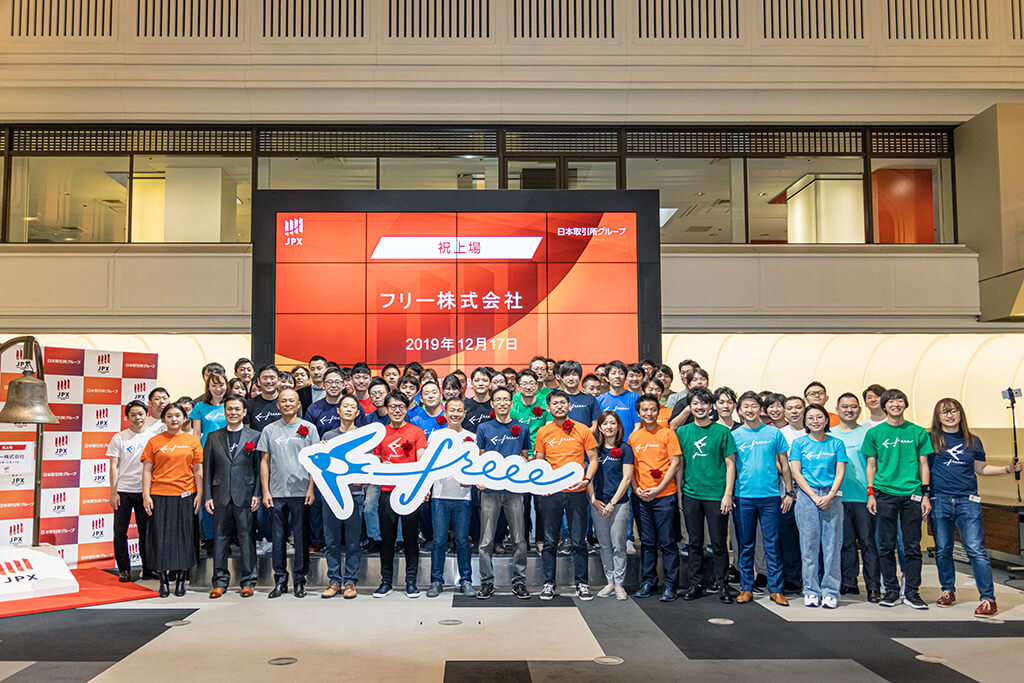
Key Points in this Article
- It is only natural for our own views to differ from those of individuals around us. Likewise what we want others to do differs from what they want to do.
- At freee, people acknowledge each other’s “differences” through dialogue, and people’s individual characteristics are applied to product development
- A society where IT is pervasive.
The key to the company’s growth is its approach to work and people’s interpersonal relationships
Reporting: The Nippon Foundation Journal Editing Department
Taking a close look at the employment of people with disabilities at companies and the development of products and services for people with disabilities, we introduce some outstanding initiatives in this series. We would like our readers to join us in considering what kind of viewpoints and ideas are necessary for creating an inclusive society* where everyone can participate irrespective of whether or not they have disabilities.
- * A society in which the existence of each and every individual is valued, regardless of race, gender, nationality, social status or disability.
In charge of reporting are members of the Working Group* formed by The Nippon Foundation to accelerate the social participation of persons with disabilities. In this Part 8 of the series, we introduce initiatives of freee K.K. (a new window opens) where Mr. Masafumi Nakane, a member of the Working Group, works as an engineer. Mr. Nakane is totally blind.
- * A group formed to research and formulate plans for specific issues.
Freee, whose mission is “Empower Small Businesses to Take Center Stage,” has developed software such as “Cloud-based Accounting Software freee” and “HR freee” to support back office work. The company provides various SaaS* services aimed at achieving a platform where “any person with ideas, passion and skills can develop a sound, smart business.”
- * SaaS, the abbreviation of “software as a service,” is software provided via the cloud.
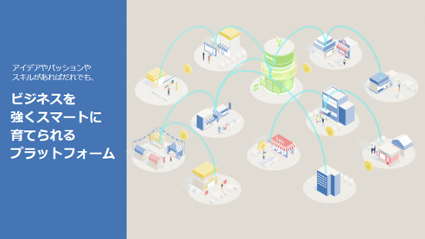
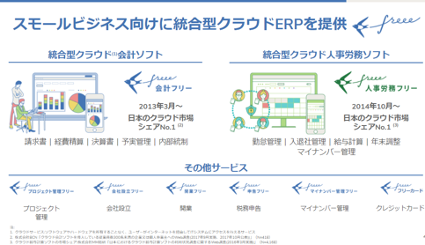
By January 2021, the number of staff at freee had grown to approximately 480. In February 2018, the company established the Diversity Promotion Office to enable all individuals at the company to demonstrate their talents to the fullest. Like the services it provides, freee also makes efforts to create a pleasant work environment for all and has established amenities such as the Diversity Hotline where staff can freely discuss concerns and worries about work.
For our interview this time, we spoke to Ms. Mio Yoshimura, Diversity Promotion Office Manager, and Ms. Nayumi Ikari of the Movement Research Lab, who is in charge of initiatives for promoting a work-friendly office environment and pleasant working conditions for staff, and Mr. Nakane, who spoke about work at freee from the standpoint of an employee.
Placing importance on dialogue and recognizing each other’s differences
Yamada: I am Yuhei Yamada of The Nippon Foundation Working Group. To begin, can you please tell us what kind of disabilities the people working at freee have?
Ms. Yoshimura: People with various disabilities work at freee, and our office provides support to help make work even a little easier. Mr. Nakane, who is here today, has a visual disability, and he joined freee as an engineer in 2018.
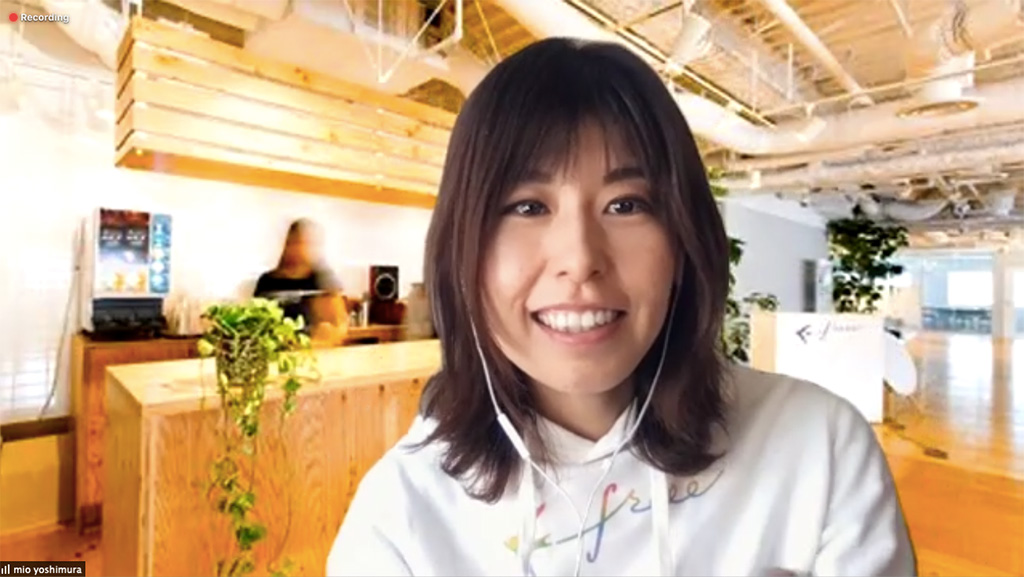
Yamada: It seems that freee promotes employment of people with disabilities regardless of their specific type of disability. How does the company devise ways for making work easier?
Ms. Ikari: In that respect, we do not limit our efforts to people with disabilities. For example, if an employee has some difficulty in his or her work, we might adjust the office environment taking this difficulty into consideration. When Mr. Nakane joined freee, we had an interview with him beforehand. On the basis of ideas we had and aspects we noticed at that time, we made arrangements such as attaching braille labels in places that required them, placing his desk in close proximity to the entrance, and eliminating places where he could potentially stumble.

Mr. Nakane: I might also add that if there was a problem with a tool I happened to be using during my current development work, or if a tool is difficult to use, I consult with my team at that time, and we will consider the method of use or perhaps switch to another tool. Consideration is given not only to the office environment but also to various other matters including the work flow, and often by the time I notice something, an improvement has already been made.
Yamada: I imagine that must also lead to creating a more work-friendly environment not only for you but for other people with visual disabilities as well.
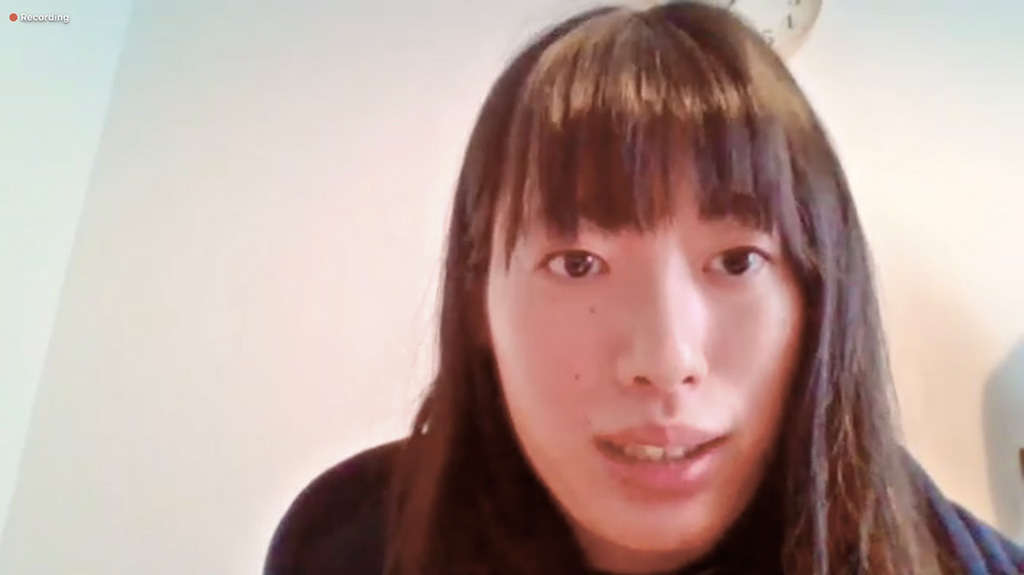
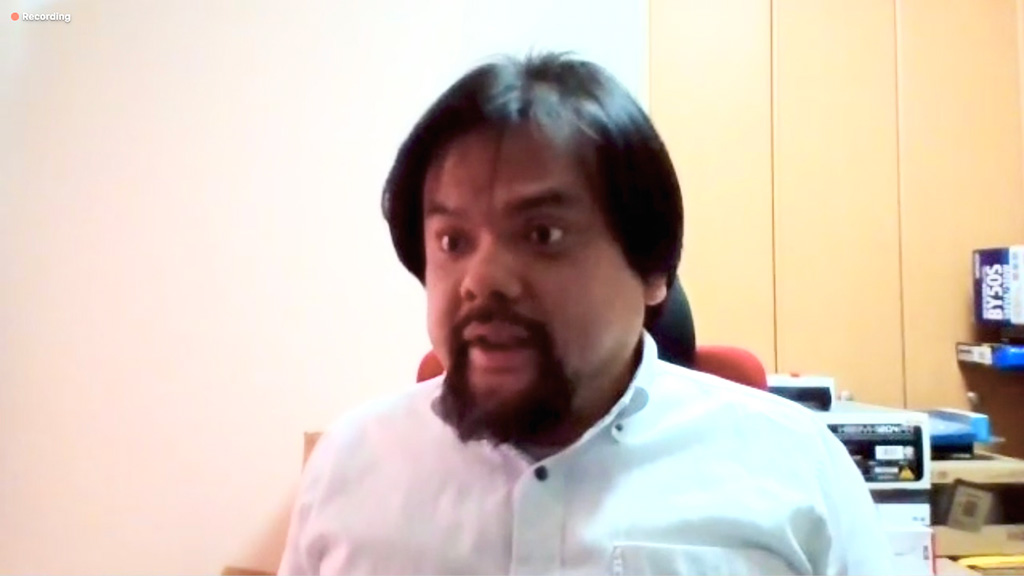
Ms. Ikari: We still need to make further efforts in the care of people with disabilities, and for that very reason, we place importance on dialogue with each and every person.
Ms. Yoshimura: At freee, everyone undergoes diversity training when they join the company, but we also make sure that everyone is aware that the way they think and the way people around them think are different. The same is true about what we want others to do and what they want to do. Since we make the assumption that such “differences” exist, we place importance on dialogue in overcoming differences to understand each other.
Linking the characteristics of disabilities with product development
Yamada: I see. Those ideas form the basis of your thinking. Would you please explain in a little more detail what diversity training consists of at freee?
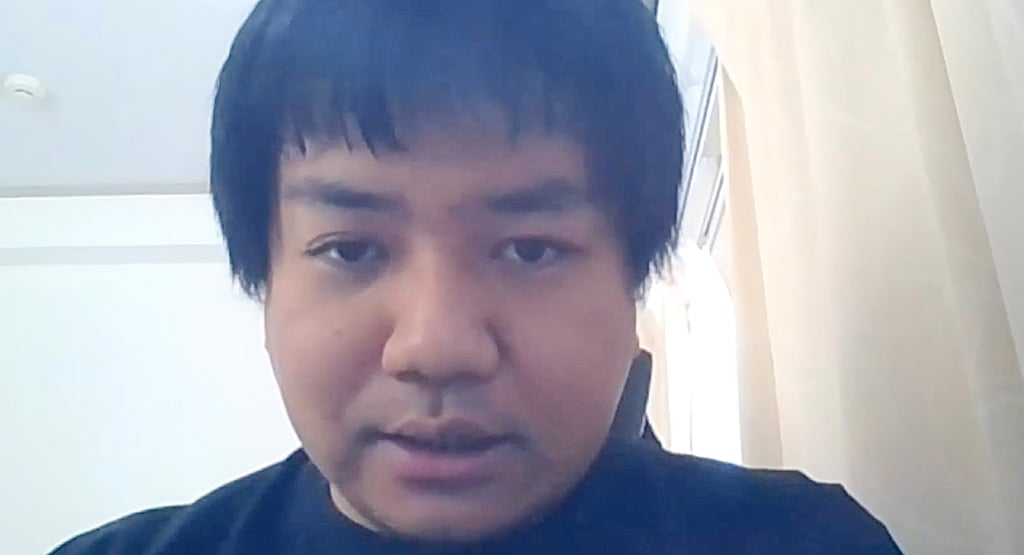
Ms. Yoshimura: In addition to employee training when employees join the company, we also conduct diversity training for management. I will first touch upon the subject of unconscious bias* in the training we conduct when new recruits join the company, and then I’ll talk about how everyone is included in our concept of diversity.
- * Beliefs and biases people have without being aware of them.
People often think of diversity as “helping people in need” but in reality we all have the potential to become part of a minority, and among the specific minorities are disabilities, gender, LGBTQ,*1 religion and race. There may be issues that we ourselves have. So in the training the participants, in a workshop form, reflect on what they are worried about specifically, assuming that they have such issues, and how to solve the problems in their own way. Mr. Nakane will also speak about accessibility.*2
- *1Acronym for lesbian, gay, bisexual, transgender, questioning
- *2This means “ease of access” or “ease of use” and refers to the state and degree of use by various people irrespective of age or whether or not they have disabilities.
The training for management is also similar but we have persons in management again review diversity and unconscious bias at the time they take up their positions in management.
Yamada: I guess it is easy to forget that we all have individual differences and it is important for us to recognize this. In addition to the work Mr. Nakane does, what kind of work do other staff with disabilities do?
Ms. Yoshimura: We also have other engineers with visual disabilities. At freee, irrespective of whether or not people have disabilities, we try to identify their respective strengths and assign them work that will make the most of these.
Mr. Nakane: Mine is in the field of accessibility but there are also people who work in the areas of UI*1 and UX*2 design.
- *1Abbreviation for “user interface,” which is the point of interaction between the user and the product or service. This means, for example, the display screen and method of operation of the operating system (OS, also known as basic software) and applications.
- *2Abbreviation for “user experience,” which refers to the experience users acquire through use of products and services. This means, for example, what people think and feel directly when using an OS or app, as well as their feelings of expectation before using it and the sense of satisfaction upon using it.
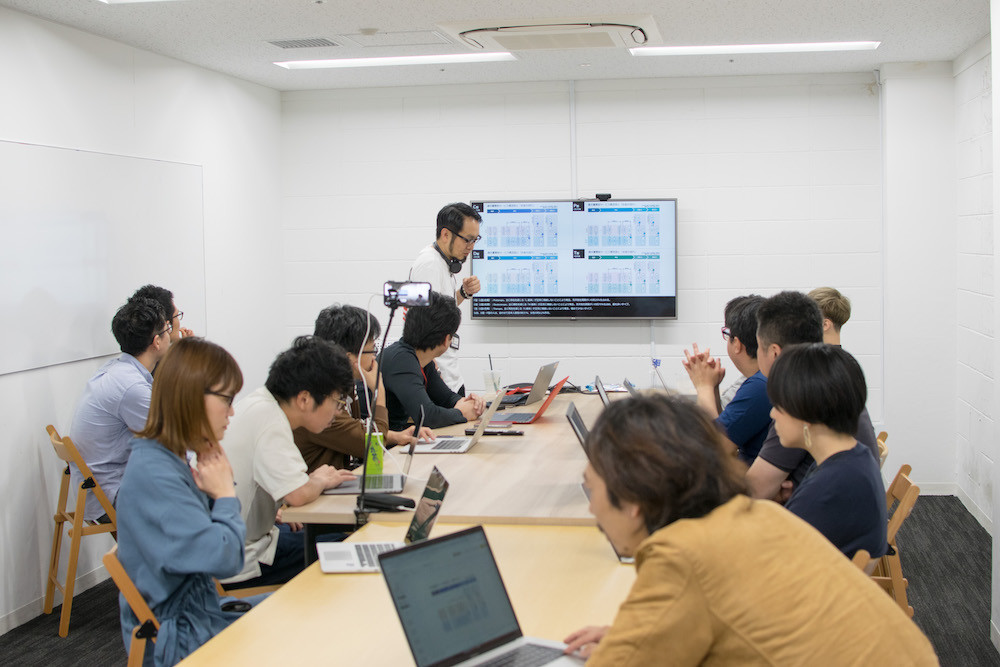
Yamada: We heard that when Mr. Nakane joined the company, freee made improvements to the iOS version of its mobile app “HR freee” for freee employees so that even employees with visual impairments could use basic functions such as clocking in,* entering attendance details and checking pay slips. What other positive effects did the hiring of people with visual disabilities have?
- * The act of entering the time of arrival at work and time of departure from work on a time card or in an attendance management system
Ms. Ikari: There were a number of changes and realizations but perhaps the most significant was the increase in opportunities for us to consider matters such as, “Would this be easy for Mr./Ms. So-and-so (in our office) to use?” in regard to services we currently provide to customers. By actually working with people who have disabilities, we can imagine situations in more concrete terms and also by introducing accessibility training, I think we have become more capable of developing products and providing services from the viewpoint of the users.
Mr. Nakane: Certainly, having people with disabilities nearby is probably one effective way of “bridging the distance between people with and without disabilities.” Obviously, tasks such as attendance management and checking pay slips are major obstacles for people who are visually impaired. “HR freee” is one step in eliminating such obstacles. Because I cannot see, I cannot read the words in documents. I believe that digitalization, which will decrease the number of paper documents, and the elimination of the use of personal seals will expand the possibilities for people with disabilities, so we would like to continue to direct our efforts to development in this area.
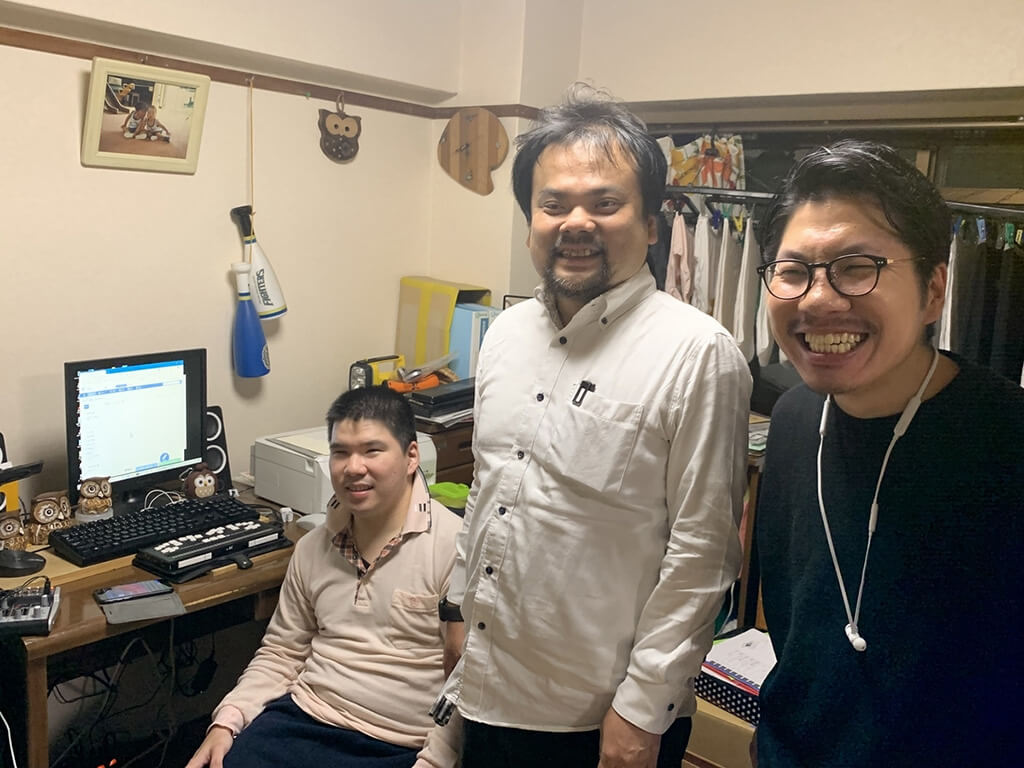
A society on the cusp of digitalization
Good work approaches and interpersonal relations are the keys to organizational growth
Yamada: I understand that freee intends to grow its business by leaps and bounds through the development of products from the perspective of people with disabilities and, as a last question, I would like to ask what kind of arrangements and adjustments does your company think are necessary in approaches to work during COVID-19 conditions?
Mr. Nakane: As a major trend, I believe that we will see progress in the digital transformation*, or what we refer to as DX, where even people who cannot physically go to the workplace will be able to work. Along with that, people’s interpersonal relations may also change.
- * The concept that the penetration of IT will change people’s lives for the better in all aspects
Ms. Yoshimura: As working remotely becomes more widespread, the potential for those people who until now have been unable to leave their homes to work will increase. On the other hand, I believe that understanding the “difficulties” people have in everyday life, including disabilities, may also become more difficult to discern. Therefore, I believe the approach we take to the care we can provide in such “soft” areas will be important in growing the organization.
Yamada: Yes, of course. At such times, I imagine that understanding each other’s differences through “dialogue,” which freee places significant importance on, will become all the more necessary. Thank you very much for your joining us today.



